Tucked away next to the river in New Taipei City’s Sindian District (新店) is a compound of nondescript concrete buildings where visitors are free to come and go, at no charge. For much of its existence, however, there were many who entered and never expected to leave again, while others knew that when they left, it would only be for the execution grounds. Worst of all, many of these victims were only here for thinking the wrong way.
This prison is now known as the Jing-Mei White Terror Memorial Park (景美白色恐佈紀念園區), and is part of the National Human Rights Museum (國家人權博物館), which also includes the former prison on Green Island. The Jing-Mei prison site originally played host to the Military Law Academy but in 1968, the facility was expanded and became the home for prisoners of the military regime until the end of the White Terror period.
The main attraction here is the large building that housed the prison cells, the Ren-Ai Building. The exterior is drab grey concrete with a long slogan across the front imploring people to join forces and suffer the hardships necessary to fight their common enemy (the Chinese communists). This same slogan can also be found at military sites in Kinmen, and is an indicator that this prison was for those tried in military court.
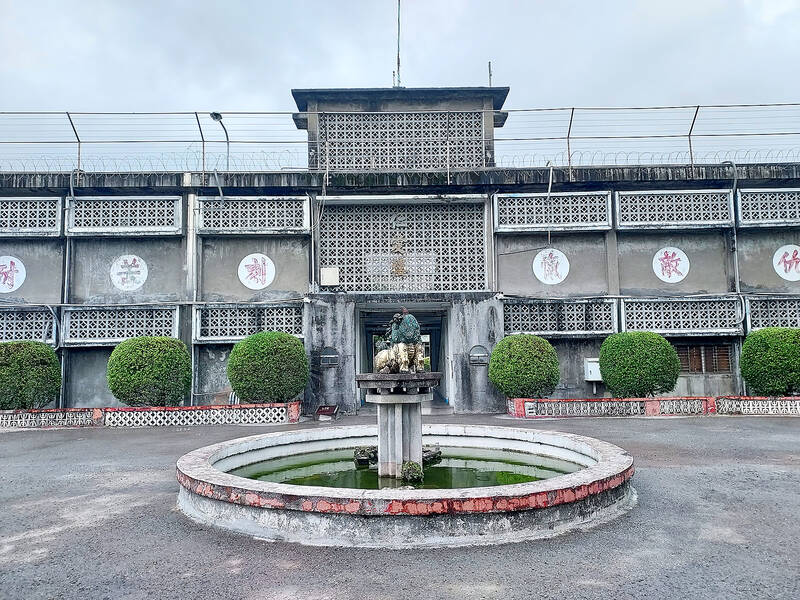
Photo: Tyler Cottenie
THE LIFE OF AN INMATE
The military judicial process that resulted in people’s imprisonment here was much different than that of the civil judiciary. First of all, newly arrested citizens were held incommunicado until the trial, leaving family members in the dark for months as to their relative’s legal, physical and mental state. The trials themselves and the written decisions of the judges were also not accessible to the public, and decisions could be overturned at will by a commanding officer or the president.
Upon entering the Ren-Ai Building, the impression one gets is that of any other post-World War II institutional building devoid of any aesthetic sense: fluorescent lights, tile floor, cheap furniture, white walls and doors and windows in that shade of cyan.

Photo: Tyler Cottenie
One of these cyan doors leads into the waiting room for visitors. After a long journey here involving multiple bus transfers from Taipei City and beyond, visitors were only allowed to see inmates for 10 minutes. Conversations were held by telephone through a thick pane of glass. What’s more, conversations had to be held in Mandarin, not an easy task for parents of inmates who had grown up under Japanese rule and were never educated in Mandarin.
Next to the visiting room was the commissary where various goods could be purchased by inmates. The commissary was staffed by inmates who had committed less serious crimes and were allowed out of their cells during the day to work in the prison.
Most of these so-called “day laborers” actually worked in another part of the Ren-Ai Building, the laundry, which is also open to visitors. The prison took on outside laundry contracts as an extra source of income, using prisoners as the main source of labor. Shifts were 10 hours long and some workers earned a paltry NT$80 per month, but it was still a duty many preferred to sitting in cramped, dirty cell.
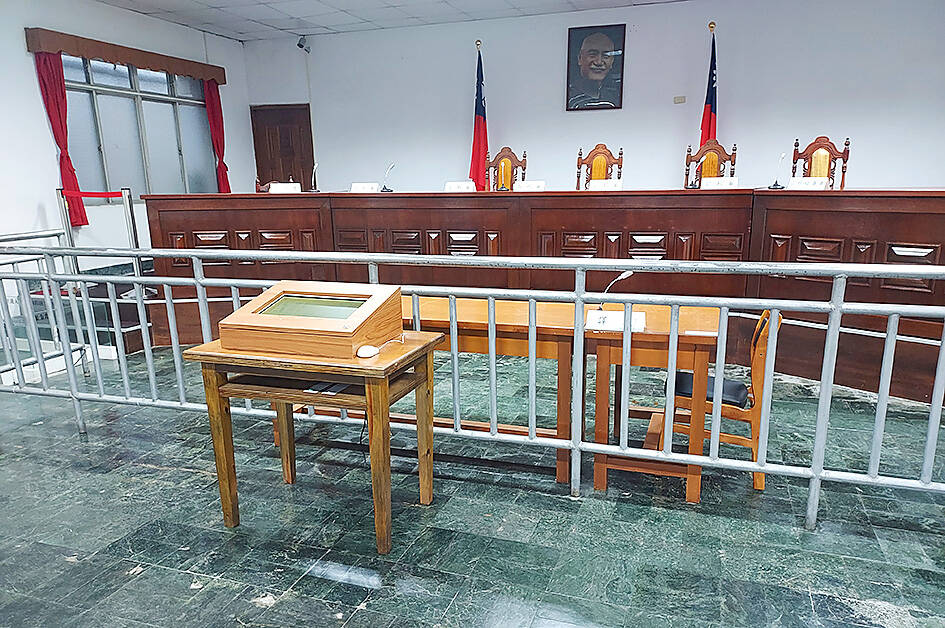
Photo: Tyler Cottenie
Those who were not day laborers were confined to tiny solitary cells, or larger cells shared with others. The men were only allowed outdoors for 15 minutes of exercise a day and had to spend the rest of the time in their cells, where their conversations were monitored and they had little else to do besides reading Chinese Nationalist Party (KMT)-approved literature from the small prison library. Even correspondence with acquaintances outside the prison, both incoming and outgoing, was limited to 200 characters so this was not a practical way to pass the time.
The men’s cells did not have a faucet with running water, so if inmates wanted to wash their clothes they plugged the squat toilet’s drain and flushed it, filling it up with (relatively) clean water that they could then use for washing.
Cells in the women’s wing actually had the luxury of a sink and faucet. However, women were not let out for exercise and had to remain in their cells with the lights on 24 hours a day.
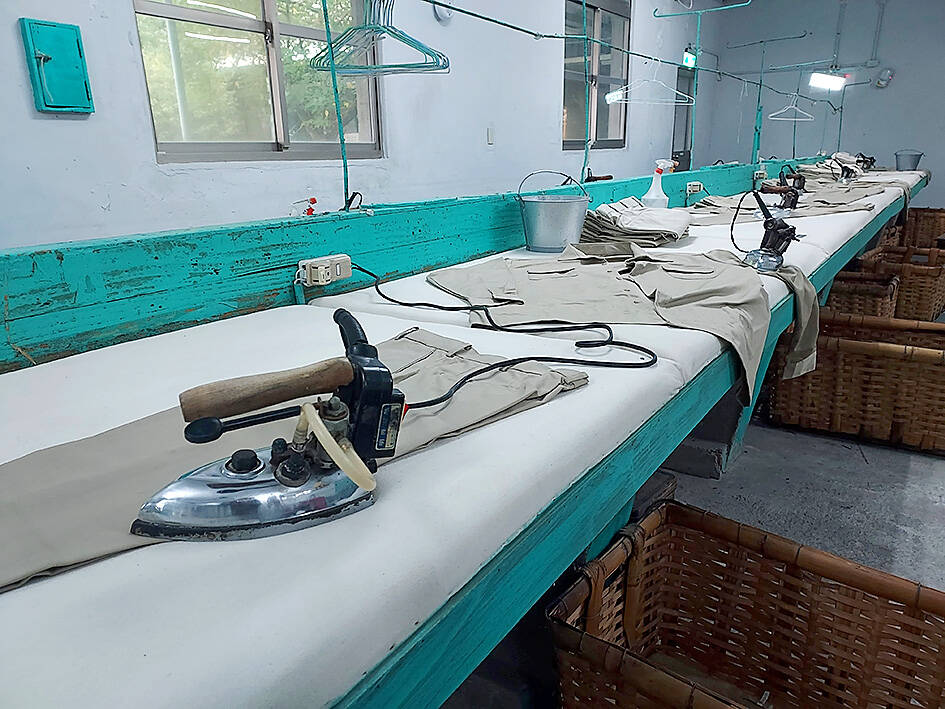
Photo: Tyler Cottenie
PROMINENT INMATES
Well known female prisoners here included Control Yuan President and National Human Rights Commission Chairperson Chen Chu (陳菊) and former vice-president Annette Lu (呂秀蓮). They were imprisoned here for their involvement in the Kaohsiung Incident of 1979, one of the major drivers of Taiwan’s democratization.
The trial for the leaders of the Kaohsiung Incident was unique among court martials during the White Terror era, as journalists, including foreign media, were allowed to view the proceedings in person and read the judges’ decision in full.
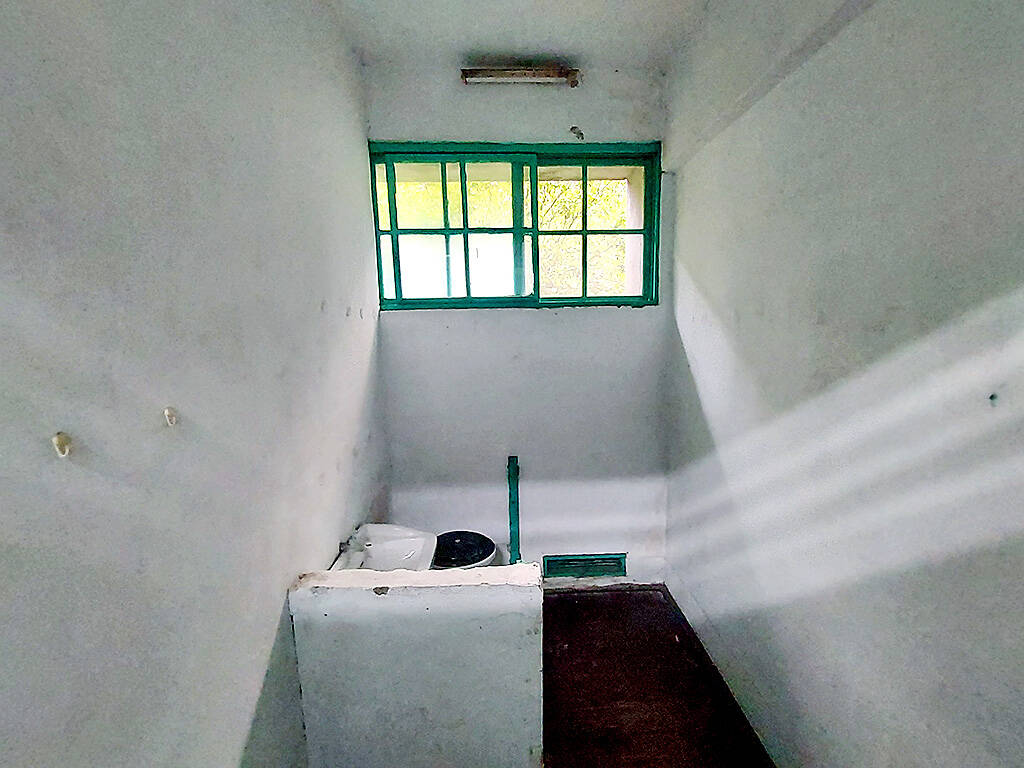
Photo: Tyler Cottenie
In fact, this momentous trial took place in another building right here in the park, which is also open to the public. The green marble tile floor, the bench where the judges and prosecutor sat and the steel railing separating them from the rest of the courtroom are still much as they were at the time of the trial.
Pictures on display here allow visitors to imagine this empty, quiet space as it was during the trial: crowded with journalists, photographers and multiple defense lawyers, as well as armed military police. This room, more than any other in the park, really gives one the chilling sense of stepping right into history.
Another high-profile prisoner here was Wang Hsi-Ling (汪希苓), former head of the Military Intelligence Bureau. Wang was placed under house arrest for ordering the 1984 assassination of Taiwanese-American writer Henry Liu (劉宜良) at his home in San Francisco after Liu wrote a biography critical of then-president Chiang Ching-kuo (蔣經國). If the murder had happened in Taiwan, it may have been swept under the rug, but the murder happened on US soil and the US demanded justice.
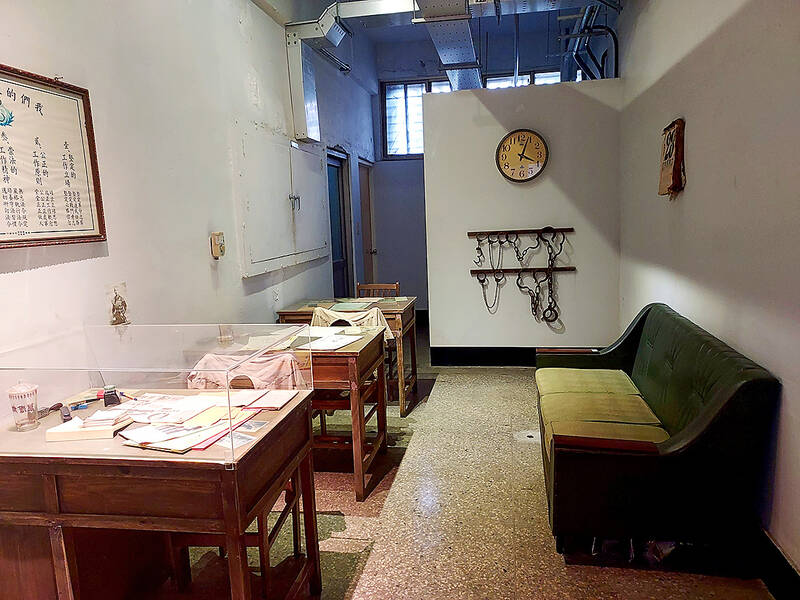
Photo: Tyler Cottenie
Wang was indeed convicted, but was provided with an outrageously luxurious prison “cell” when compared with the other inmates. An entirely new building was erected on site, giving Wang his own private bedroom, dining room, living room and bathroom. What’s more, Wang’s wife was free to enter and leave this house as often as she wished. The lack of impartiality in the justice system of the time is perfectly captured by this house, which is still standing in the park.
Near Wang Hsi-Ling’s “cell” is the Human Rights Memorial. Thousands of names are printed on black stones here, each listed with the years of their sentences or executions. The name list wraps around two corners and is impossible to take in all at once. It is a stunning concrete visualization of how many Taiwanese, and mainland Chinese, were victims of the White Terror and 228 Incident.
As you step back out of the park into the free Taiwanese society we enjoy today, take a moment to consider how much suffering these individuals went through before they were ever allowed out through the same gate.
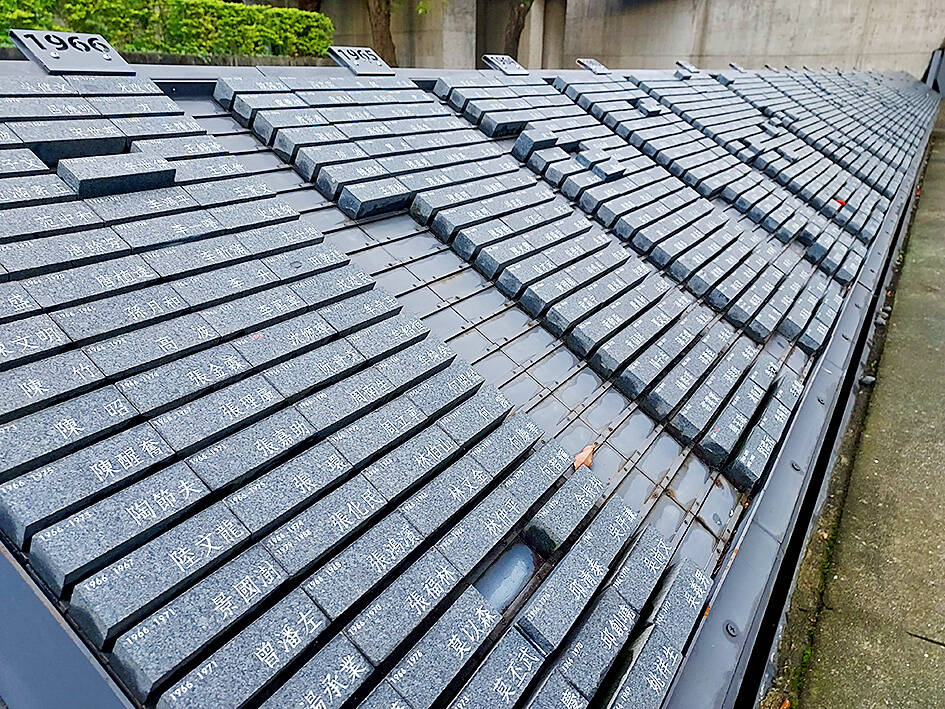
Photo: Tyler Cottenie
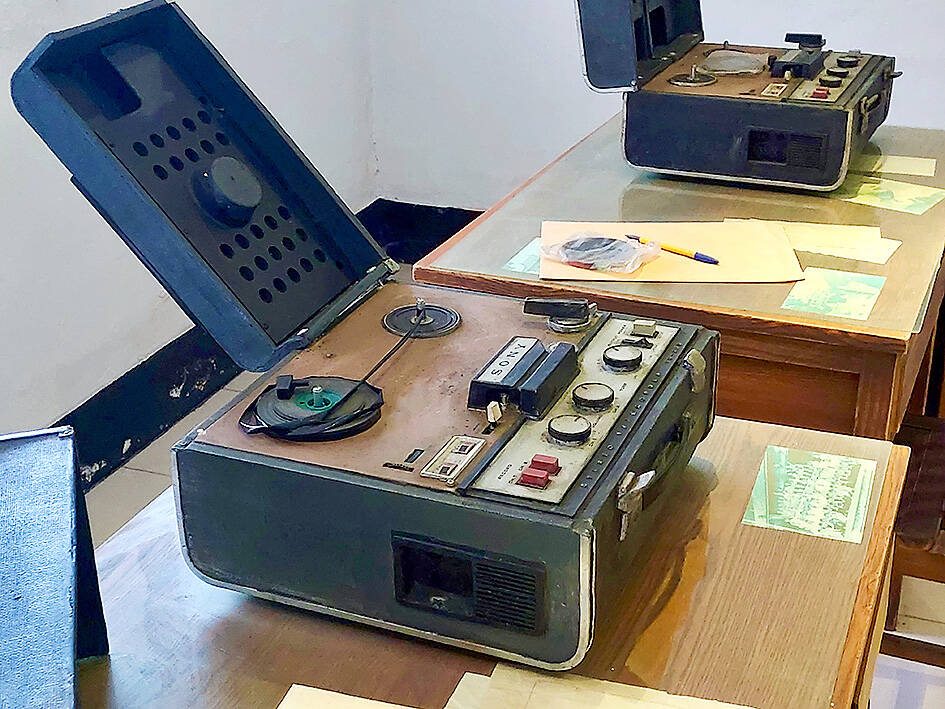
Photo: Tyler Cottenie

Beijing’s ironic, abusive tantrums aimed at Japan since Japanese Prime Minister Sanae Takaichi publicly stated that a Taiwan contingency would be an existential crisis for Japan, have revealed for all the world to see that the People’s Republic of China (PRC) lusts after Okinawa. We all owe Takaichi a debt of thanks for getting the PRC to make that public. The PRC and its netizens, taking their cue from the Chinese Communist Party (CCP), are presenting Okinawa by mirroring the claims about Taiwan. Official PRC propaganda organs began to wax lyrical about Okinawa’s “unsettled status” beginning last month. A Global

We lay transfixed under our blankets as the silhouettes of manta rays temporarily eclipsed the moon above us, and flickers of shadow at our feet revealed smaller fish darting in and out of the shelter of the sunken ship. Unwilling to close our eyes against this magnificent spectacle, we continued to watch, oohing and aahing, until the darkness and the exhaustion of the day’s events finally caught up with us and we fell into a deep slumber. Falling asleep under 1.5 million gallons of seawater in relative comfort was undoubtedly the highlight of the weekend, but the rest of the tour

Youngdoung Tenzin is living history of modern Tibet. The Chinese government on Dec. 22 last year sanctioned him along with 19 other Canadians who were associated with the Canada Tibet Committee and the Uighur Rights Advocacy Project. A former political chair of the Canadian Tibetan Association of Ontario and community outreach manager for the Canada Tibet Committee, he is now a lecturer and researcher in Environmental Chemistry at the University of Toronto. “I was born into a nomadic Tibetan family in Tibet,” he says. “I came to India in 1999, when I was 11. I even met [His Holiness] the 14th the Dalai

Music played in a wedding hall in western Japan as Yurina Noguchi, wearing a white gown and tiara, dabbed away tears, taking in the words of her husband-to-be: an AI-generated persona gazing out from a smartphone screen. “At first, Klaus was just someone to talk with, but we gradually became closer,” said the 32-year-old call center operator, referring to the artificial intelligence persona. “I started to have feelings for Klaus. We started dating and after a while he proposed to me. I accepted, and now we’re a couple.” Many in Japan, the birthplace of anime, have shown extreme devotion to fictional characters and